Your running style is more than just how your feet hit the ground—it’s a reflection of your body’s unique movement. Understanding it can help prevent injuries, improve comfort, and guide you to the perfect running shoes. Whether you’re neutral, overpronating, or supinating, knowing your style empowers you to train smarter. In this guide, we’ll help you identify your running style and match it with the right gear—so every step feels better, safer, and stronger.

🤔 Your Running Style: Why the Way You Run Is Fascinating
I still remember standing halfway across the Oresund bridge during Denmark’s biggest half-marathon, cheering and encourage the runners. It was windy, emotional, and beautiful. What struck me most wasn’t the race times. It was the uniqueness of every runner’s movement. There were hundreds of runners passing, each one a different shape and stride — tall, short, limping, bouncing, grounded. Some powered forward with symmetry, others twisted with each step. But they all had one thing in common: they kept moving.
That’s when I realized…
Your running style — the way you run — is truly interesting.
It’s a reflection of your body, your experiences, and even your personality.
In this guide, I’ll walk you through why your gait matters, how to find your running style, how to choose the right shoes, and what the 80% rule can teach us about running smarter — all grounded in both science and personal experience.
🦶 What Is Running Style — and Why Should You Care?
Running style, or gait, refers to how your body moves while you run — from the moment your foot strikes the ground to how your leg pushes off.
Most people assume there’s a “correct” way to run. But the truth is, the best running style is the one that works for your body — one that supports your unique biomechanics and keeps you injury-free.
👣 The 3 Most Common Gait Types
Your running style often falls into one of these three categories based on how your foot rolls after hitting the ground (pronation):
- Neutral Pronation
Your foot rolls slightly inward (ideal). It absorbs shock naturally and evenly.
Shoe Type: Neutral running shoes with standard cushioning.
- Overpronation
Your foot rolls too far inward. Common in runners with flat feet. It can lead to injuries like shin splints or knee pain if unsupported.
Shoe Type: Stability shoes that guide your foot back toward neutral.
- Supination (Underpronation)
Your foot rolls outward, often found in high-arched feet. This reduces shock absorption and puts stress on joints.
Shoe Type: Cushioned shoes with flexible midsoles and curved shapes.
🔍How Do You Know Your Running Style?
Here are the three most common methods — from casual to clinical:
- Look at Your Old Shoes
Flip them over. Where’s the wear?
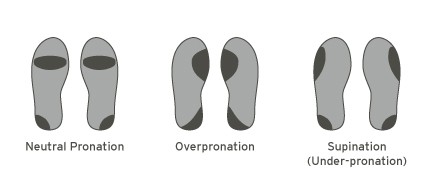
- Even wear → Likely neutral.
- Inside edge worn → Overpronation.
- Outside edge worn → Supination.
- In-Store Gait Analysis
Most running stores offer treadmill gait tests. A staff member films your stride and helps match you with the right shoe.
- Professional Running Analysis at a Clinic
At a sports physiology clinic, you’ll get a comprehensive biomechanical exam, video analysis, and personalized exercise plan to correct imbalances.
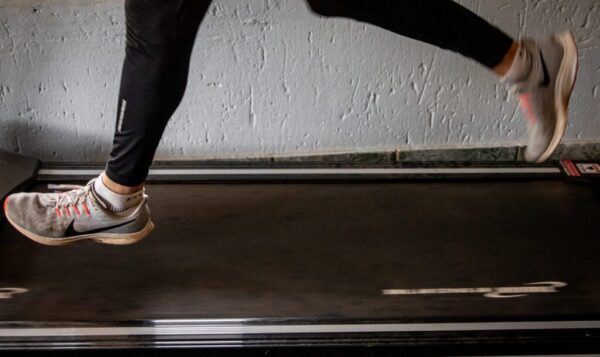
🧠Why Running Is Interesting — More Than Just Exercise
Running is a mirror. It reveals how your body’s built, how it compensates, and how it adapts.
I’ve watched elite athletes and everyday joggers alike. And I’ve seen people break down and bounce back with new wisdom — all through understanding their style.
What makes running interesting isn’t just speed or endurance. It’s how personal it becomes — how your stride tells your story.
One friend of mine nearly quit running after developing Achilles pain. After a running style analysis, he learned a minor hip imbalance was throwing off his stride. A few weeks of glute training — and he was back, faster than before.
🏃♀️ The 80% Rule: A Smart Way to Train – and Improve Your Style
Here’s a golden rule I swear by:
80% of your weekly runs should be at an easy, conversational pace.
The remaining 20%? Reserve that for speed work or hills.
Why this matters: When you run easy, you’re relaxed — and that’s when your natural form emerges. It’s also when you’re less likely to overstride or create tension in your shoulders, hips, or knees.
Running slowly lets your body memorize efficient, sustainable movement.
👟 Finding the Right Running Shoe for You
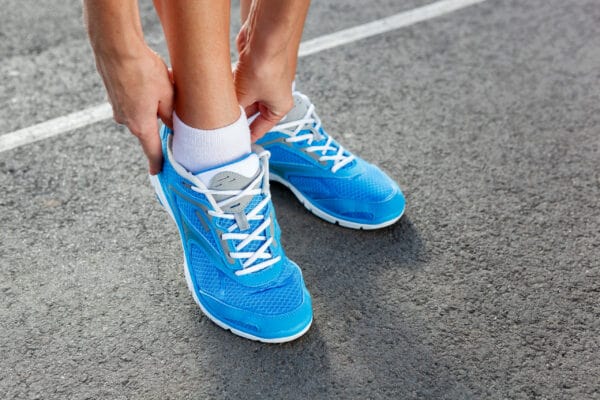
Whether you’re a beginner or seasoned racer, your shoes are your foundation. The wrong pair can mess with your natural gait. The right one can enhance it.
Training Shoes
- Designed for comfort and durability
- Good cushioning and support
- Ideal for daily runs and long distances
Racing Shoes
- Lightweight and fast
- Less stable, lower cushioning
- Best reserved for race days
Hybrid Shoes
- Somewhere between the two
- Good for experienced runners needing speed and cushion
⚠️ Pro Tip: Avoid racing shoes for daily training — they offer less protection and increase injury risk.
💡 What a Complete Running Analysis Includes (And Why It Helps)
Here’s how a typical gait analysis session at a sports clinic unfolds:
- Interview: You’ll discuss any pain, injuries, or training history.
- Biomechanics Test: A physio checks hip, knee, and foot alignment.
- Video Treadmill Run: Your form is filmed from multiple angles.
- Analysis: The physio explains any issues, like overstride or hip drop.
- Correction Plan: You get tailored strength/mobility exercises.
- Final Report: Includes video, notes, and take-home instructions.
A friend of mine once said after such a test:
“I wish I’d done this earlier. It saved me months of trial and error.”
🧘♂️ Strength, Flexibility & Running Style
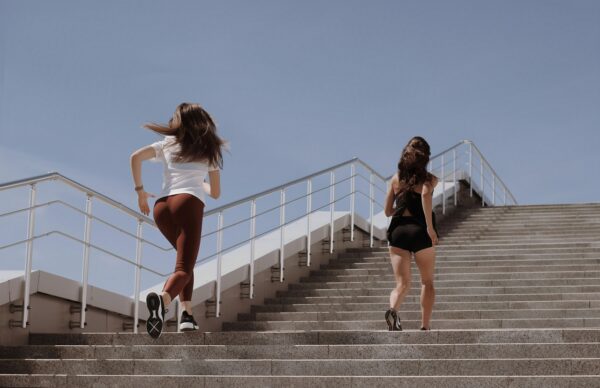
Sometimes it’s not your shoes or stride that need changing — it’s your muscles.
Tight hamstrings, weak glutes, or stiff hips can all distort your gait. I’ve seen runners unconsciously compensate — especially late in a race when fatigue sets in.
Here’s what helps:
- Strength training twice a week (glutes, core, calves)
- Dynamic stretching before runs
- Foam rolling or mobility work afterward
- Occasional massage therapy if you’re prone to tightness
🛠️ Adjusting Your Running Style Over Time
You don’t need to overhaul everything overnight.
Instead:
- Make small tweaks — like shortening your stride
- Try cadence drills (aim for 170–180 steps/min)
- Record yourself and compare every few months
- Prioritize comfort over mimicking anyone else’s form
❤️ Final Thoughts: Running Style Is a Journey, Not a Destination
Your running style evolves — just like you do. Injuries, strength, shoes, age — all these factors play a role. But the biggest gift you can give yourself is awareness.
Watch yourself run. Ask how it feels. Notice when something’s off. Seek support when needed.
And remember: the way you run is not just efficient or inefficient — it’s personal.
💬 I’d love to hear from you:
Have you ever had a gait test? Found shoes that transformed your comfort? Discovered something interesting about your stride? Drop a comment or send me a message. Let’s share and grow together.
🧡 Stay strong, stay curious — and keep running your way.
Thanks for reading. If you found this helpful, feel free to share it with a fellow runner—or anyone who needs a reminder that the finish line is never as far as it seems.




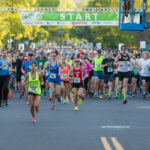

Well, this makes for a good read. It is educative to an extent even though some terms seem foreign to me. Having checked my shoes, I noticed that I am the over pronated runner and I didn’t notice all this while. One thing I need clarity on is to know if this can
Hi Payton
Thank you for the comment
Hi Jacobi,
I found your post rather interesting and educational.I never knew that there are three types of feet and your gait can show the type – neutral pronation, overpronation, or supination. And I think only pros like you can make the distinction. I have been going into spots stores without knowing there is a treadmill with which can assess these things before an athletic can make his choice of running shoes. This is indeed new knowledge.
The terminology is foreign to me. I hope sports enthusiasts are familiar with those terms.
I know I had difficulty understanding some of the terms, yet I learned a lot. And I think your targeted audience will enjoy the post. Good luck.
Cal.
Hi Cal Mbano
Thank you for the comment. Glad that you could learn from it.
Be Well